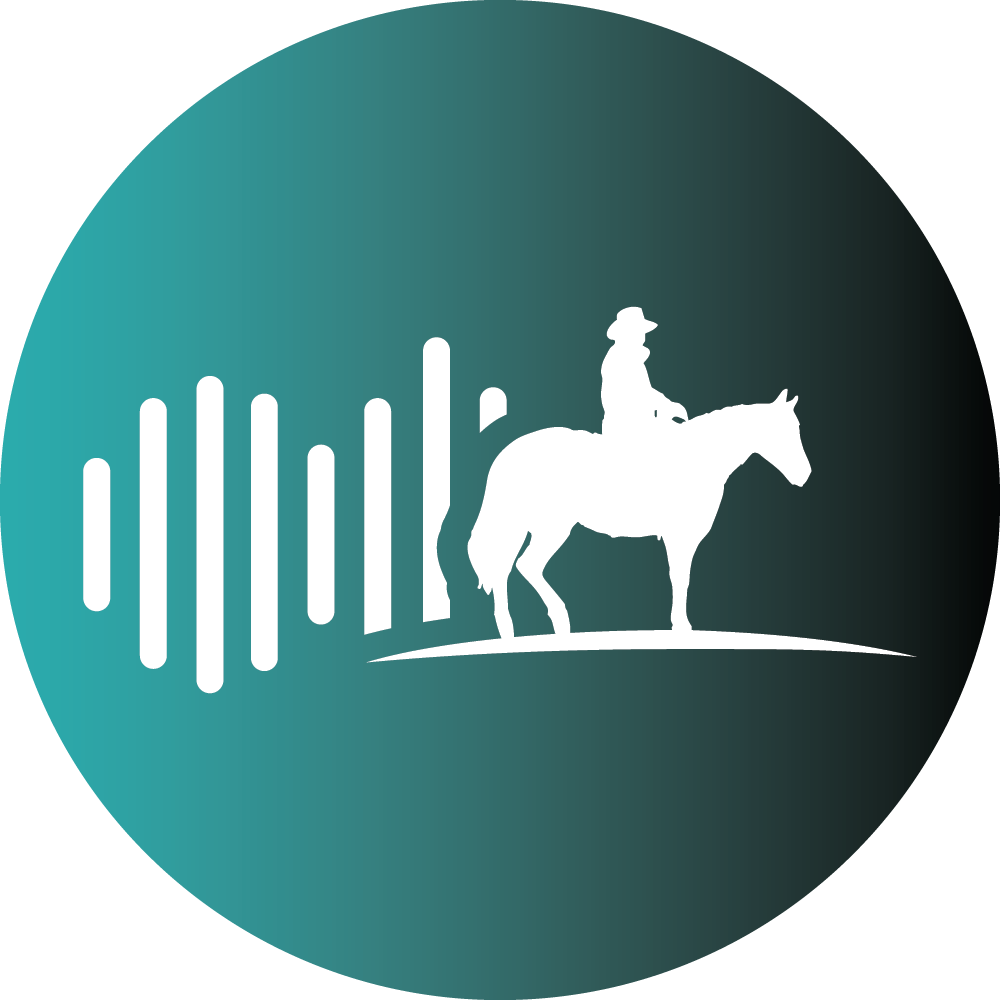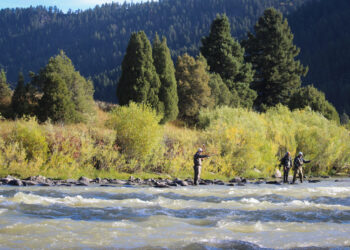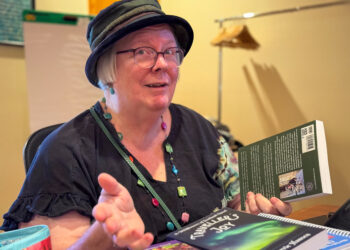By Allie Epstein Poalino EBS COLUMNIST
Sponsored Article
Did you know that up to 80% of people experience low back pain at some point in their lifetime? Low back pain is also one of the leading causes of disability and missed workdays in the United States.
The good news? You don’t have to put up with it. In this article we are going to cover what causes low back pain, what to do if you experience symptoms, and how to fix it for good so that you can continue to do the things that you love.
Common symptoms of low back pain:
- A dull, constant ache in the lower back
- Stiffness after sitting, driving, or sleeping
- Sharp or stabbing pain with bending, lifting, or twisting
- Pain that radiates into buttocks, hips, or legs—commonly called sciatica
- Tingling, numbness, or weakness in the legs or feet
- Muscle tightness or spasms making it hard to stand up straight
- Reduced flexibility or difficulty reaching overhead or bending over
- Pain that worsens with activity or pain that improves only with rest
- Difficulty standing or walking for long periods of time
- Pain after repetitive lifting, pushing, or pulling
- Catching, clicking or locking sensations in the low back during movement
What causes low back pain?
Low back pain often stems from a few root causes. The main cause is the joints in the spine, called the vertebrae, not moving enough or moving too much. This is typically a result of either tight hips or upper back, which forces your lower back to move more than it should; pain can also stem from a weak core and hips which reduces support and stability in the spine, causing too much movement everywhere. Repetitive movements such as lifting, pushing or pulling objects can also place excessive stress on these joints in the lower back as well. When you have excessive movement in the lower spine, it creates excessive friction between the joints which can lead to inflammation and irritation and then creates pain.
A three-minute morning routine to alleviate low back pain
If you have struggled with chronic low back pain, or have experienced a recent onset of symptoms, try out this three-minute morning routine before you get out of bed. Be sure to run yourself through this program each morning for at least one week.
Start each morning when you are still in bed with these three stretches, following steps one to three in order.
Step 1: Laying on your back, bring your knees to your chest, hugging them as close to your chest as possible. Hold this stretch for 5 deep breaths.
Step 2: Next, place your feet down on your mattress with your knees bent, allow your knees to fall slowly to the left all the way, or as close as you can, to the mattress without letting your upper body or trunk move at all. Hold for 5 deep breaths, return your knees to the starting position, and repeat the same process on the other side.
Step 3: Lastly, when you are ready sit up at the edge of your bed with your feet flat on the floor, reach your arms up to shoulder height with your arms outstretched in front of you and gently twist as far left and as far right as you can to loosen up your upper back. Repeat to each side 10 times.
If you do not see a significant change in symptoms, for the better, within one week, contact us at Lone Peak PT & Performance for more guidance.
How physical therapy can help

When your body develops certain movement habits that cause dysfunction and lower back pain, it can be hard to “unwind” them on your own. This is where physical therapy comes in. By working with an experienced physical therapist who specializes in spine care, you will identify the root cause of your pain and implement strategies to reduce symptoms on day one.
Once your pain calms down, we use your “window of opportunity” to retrain movement patterns, strengthen weak areas, and restore stability so the problem doesn’t return. We then combine hands-on manual techniques such as soft tissue and joint mobilization, dry needling, and guided stretching with targeted strength training to help you drive results and get better, faster.
You don’t have to accept nagging low back pain. With the right management program, you can restore movement, reduce pain, and get back to doing the things you love. If you have any questions about lower back pain or wish to speak to an expert, please contact us at Big Sky + Performance or Bozeman + Performance today!
Allie Epstein Poalino is a passionate and dedicated Physical Therapist at Lone Peak PT and has proudly served the Big Sky community for the past decade. Our entire team has advanced training and high-level expertise in biomechanics, movement analysis, and performance testing, and provides an unparalleled physical therapy and sports rehabilitation experience. At Lone Peak PT, we are passionate about helping our patients recover faster and empowering them to excel in their rehabilitation journey and confidently return to doing what they love.














